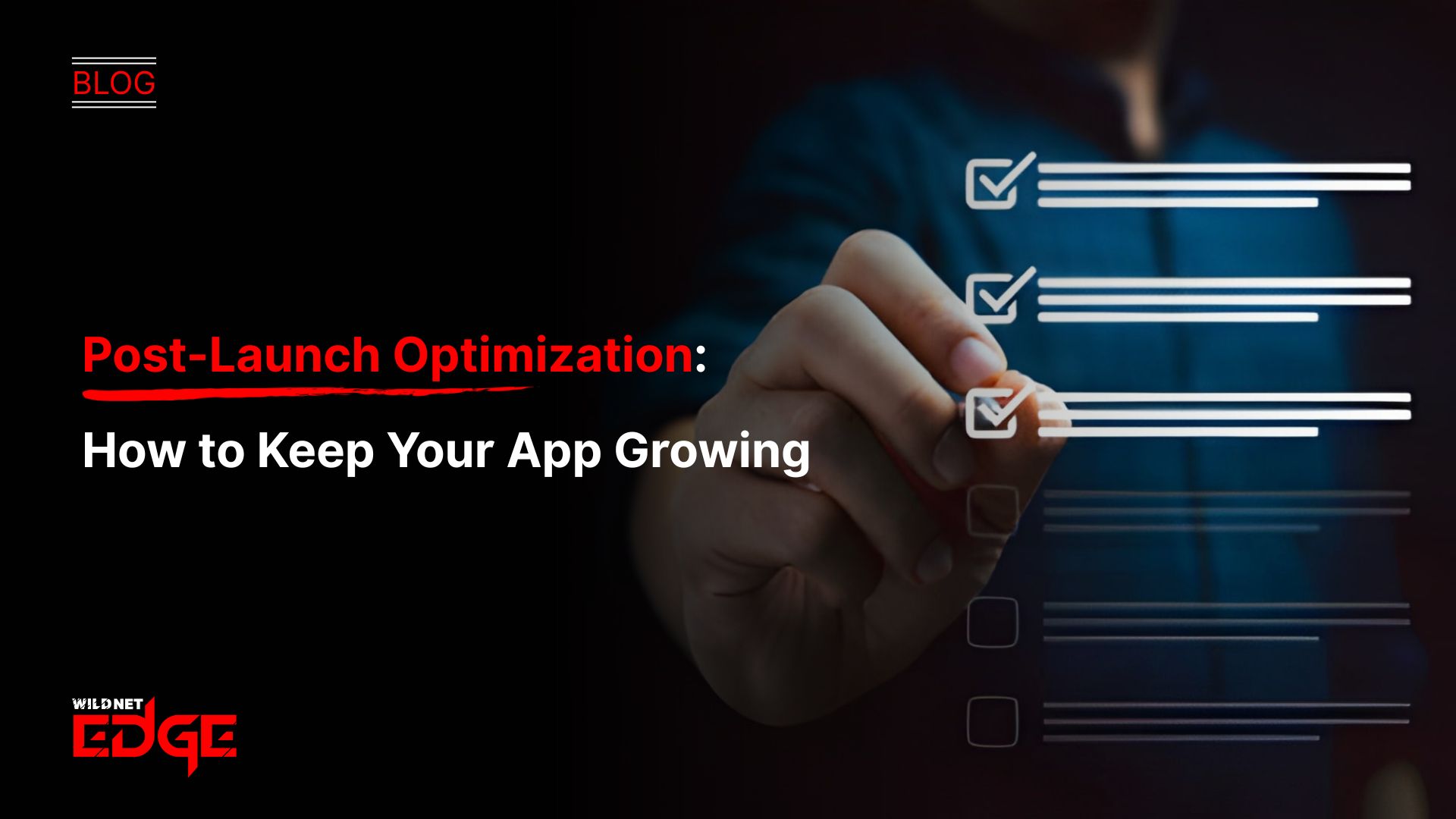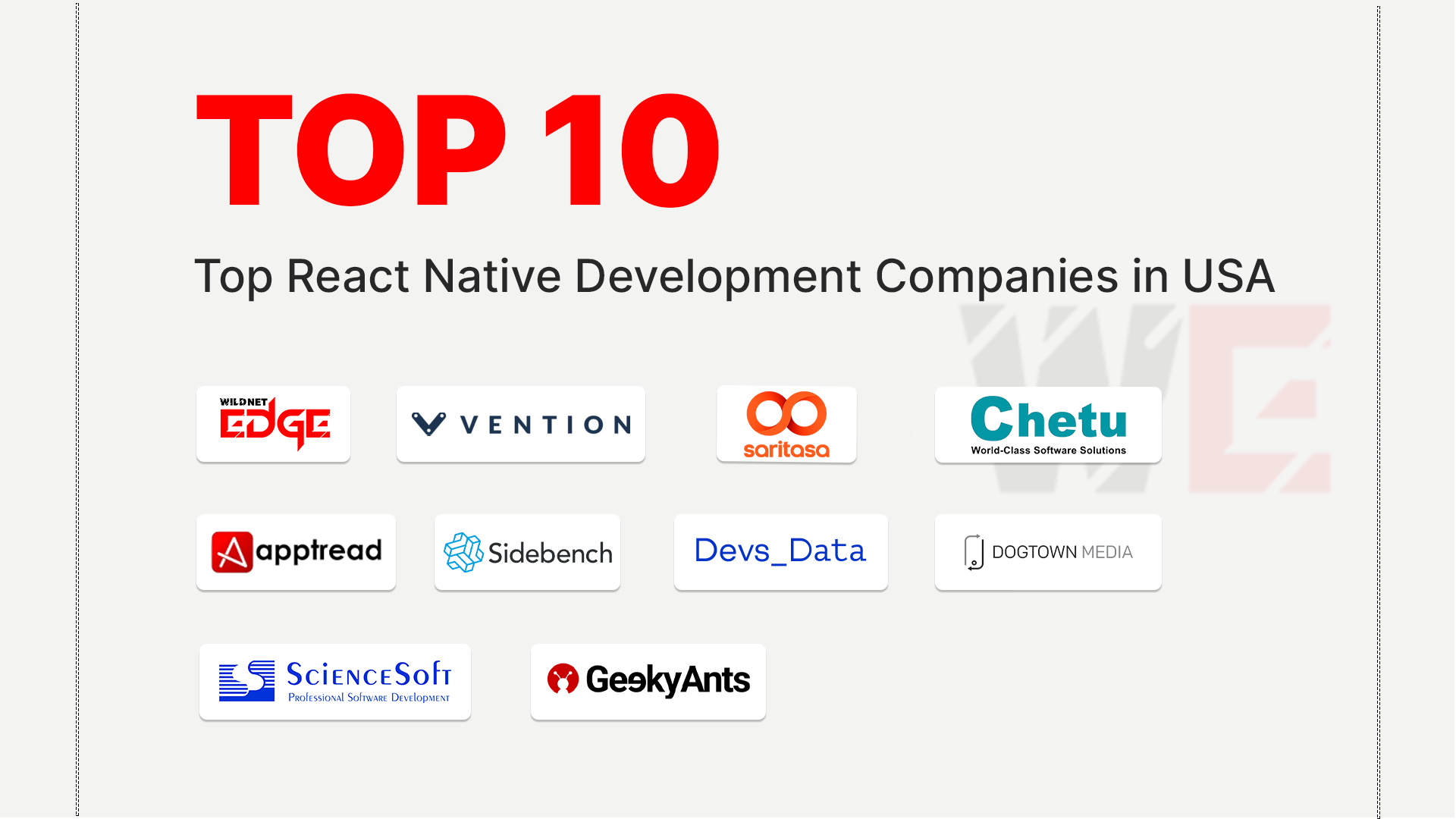The promise of the public cloud is undeniably compelling. It offers a world of unprecedented scalability, operational agility, and a powerful platform for innovation. Lured by these benefits, organizations of all sizes are accelerating their transition from legacy, on-premises data centers to the dynamic infrastructure offered by providers like AWS, Azure, and Google Cloud. However, the path to a successful cloud adoption is fraught with complexity and risk. A cloud migration is not a simple IT project; it is a fundamental business transformation. Without careful planning and a deep understanding of the potential hurdles, many organizations stumble, leading to costly overruns, poor performance, and a failure to achieve the expected ROI.
Understanding and proactively planning for the most common cloud migration pitfalls is the single most important factor in determining the success of your initiative. The difference between a smooth transition and a disastrous one often comes down to strategy and expertise. This is why many businesses choose to navigate this complex journey with a partner that provides professional Cloud Migration Services, ensuring that the project is built on a foundation of proven best practices from day one.
What is Cloud Migration?
In simple terms, cloud migration is the process of moving a company’s digital assets—such as data, workloads, IT resources, or applications—from an on-premises infrastructure to a cloud provider’s infrastructure. However, this process is not a single, uniform activity. It exists on a spectrum of complexity, often categorized by the “R’s” of migration:
- Rehosting (“Lift and Shift”): This is the most straightforward approach, where you move your applications and data to the cloud with minimal or no changes. It’s fast, but often fails to take advantage of cloud-native features.
- Replatforming (“Lift and Reshape”): This involves making some optimizations to the application during the migration to leverage cloud capabilities, such as moving from a self-managed database to a managed cloud database service.
- Refactoring/Re-architecting: This is the most complex approach, involving a significant redesign of the application to be fully cloud-native. It offers the most benefits in terms of performance, scalability, and cost-efficiency but requires the most effort.
The right strategy depends on the specific application and the desired business outcomes.
Relevance in 2025: Why Migration Projects Still Face Hurdles
One might assume that with the cloud now being a mature technology, migrations would be a solved problem. However, the opposite is often true. The cloud adoption challenges facing businesses in 2025 are, in many ways, more complex than they were a decade ago. The initial “gold rush” to the cloud has been replaced by a more strategic, and often more difficult, second wave of migrations.
Today’s challenges include migrating complex, monolithic legacy applications that were never designed to run in a distributed environment. The rise of hybrid and multi-cloud strategies adds another layer of complexity, requiring businesses to manage resources across both on-premises data centers and multiple cloud providers. Furthermore, the threat landscape has become infinitely more sophisticated, placing an immense burden on teams to secure their cloud environments from day one. These modern cloud adoption challenges mean that a successful migration requires more careful planning and deeper expertise than ever before.
Top Cloud Migration Pitfalls to Avoid
Navigating a successful migration is about avoiding the common traps that have derailed countless other projects. Here are the critical pitfalls to watch out for.
Pitfall 1: Lack of a Clear Strategy and Business Case
One of the most frequent mistakes is embarking on a cloud migration without a clear answer to the question, “Why?” Moving to the cloud simply because it’s what everyone else is doing is a recipe for failure. A migration without defined business goals lacks direction, making it impossible to measure success or make informed decisions during the process.
How to Avoid It: Before you begin, define specific, measurable business outcomes. Are you migrating to reduce infrastructure costs, improve application performance, increase development agility, or enter new geographic markets? Establishing clear KPIs from the outset will guide your entire strategy and ensure the project remains aligned with business value.
Pitfall 2: Inadequate Assessment and Discovery
You cannot successfully move what you do not understand. Many organizations rush into a migration without a complete and detailed inventory of their on-premises environment. They don’t fully understand the intricate dependencies between applications, the performance baselines of their current workloads, or the specific security and compliance requirements of each system. This is one of the most dangerous cloud migration pitfalls.
How to Avoid It: Dedicate significant time to a thorough discovery and assessment phase. Use automated tools to map all your servers, applications, and their dependencies. Establish performance baselines for your key workloads so you have something to measure against post-migration. This detailed blueprint is essential for accurate planning.
Pitfall 3: Underestimating Costs and Ignoring Cloud Cost Risks
Perhaps the most painful of all cloud migration pitfalls is the shock of the first cloud bill. Many businesses fall into the “lift and shift” trap, moving their on-premises servers directly to the cloud without re-architecting them. They are then surprised when the pay-as-you-go model, which charges for every CPU cycle and gigabyte of storage, results in a bill that is far higher than their previous data center costs. These unexpected cloud cost risks can completely derail the business case for the migration.
How to Avoid It: Treat cost modeling as a critical planning step. Use cloud provider pricing calculators to estimate your monthly spend. Crucially, focus on “right-sizing” your resources. Your on-premises servers may have been over-provisioned; in the cloud, you should provision only the resources you actually need. Implement cost governance tools, set budgets and alerts, and adopt a culture of cost-consciousness from day one.
Pitfall 4: Neglecting Security and Compliance from the Start
A common and dangerous misconception is that the cloud is “secure by default.” While cloud providers offer a vast array of powerful security tools, they operate on a shared responsibility model. The provider is responsible for the security of the cloud, but you are responsible for security in the cloud. Neglecting this and failing to design for security from the very beginning is a major risk.
How to Avoid It: Integrate your security team into the migration planning process from day one. Understand the shared responsibility model for your chosen provider. Design your network architecture with security best practices in mind, implement strong identity and access management (IAM) policies, and ensure all data is encrypted both at rest and in transit.
Pitfall 5: Poor Performance After Migration
One of the most frustrating outcomes of a poorly planned migration is when applications actually run slower in the cloud than they did on-premises. This is often a symptom of a “lift and shift” migration of an application that was not designed for a cloud environment, which can be affected by issues like network latency.
How to Avoid It: This goes back to choosing the right migration strategy for each application. For performance-critical applications, a simple rehost may not be enough. You may need to replatform or even completely re-architect the application to take advantage of cloud-native features. Proactive management of your Cloud Infrastructure Services is essential for ongoing performance tuning.
Pitfall 6: Forgetting About Post-Migration Operations
The migration project is not “done” the day you go live. You have moved from a world of predictable, static infrastructure to a dynamic, software-defined environment. Your existing IT operations model will likely not be equipped to manage this new paradigm.
How to Avoid It: Plan for post-migration operations as part of the initial strategy. This means investing in new monitoring and observability tools that are designed for the cloud. It also means embracing a culture of DevOps Automation to manage your new, dynamic infrastructure efficiently.
Conclusion
The journey to the cloud is a strategic imperative for modern businesses, but it is one that must be navigated with caution and expertise. Avoiding these common cloud migration pitfalls is not just about preventing technical problems; it’s about ensuring that the immense promise of the cloud—agility, scalability, and innovation—is fully realized. A successful migration is not the end goal; it is the foundational step that prepares your organization for the future.
At Wildnet Edge, we believe the true purpose of the cloud is to serve as a platform for intelligent transformation. Our AI-first approach helps businesses move beyond simple migration to true modernization. We architect cloud environments that are not only cost-effective and secure but are also optimized for the next generation of AI and machine learning workloads. We help you build intelligent, data-driven applications that leverage the full power of the cloud, turning your migration from a simple infrastructure project into a catalyst for profound business innovation. This is the focus of our Software Development Solutions.
FAQs
While there are many, one of the biggest is underestimating and mismanaging costs. Many businesses are surprised by high cloud bills after a “lift and shift” migration because they fail to plan for the pay-as-you-go model and other cloud cost risks.
This is a framework where the cloud provider (like AWS or Azure) is responsible for the security of the cloud (the physical data centers, the hardware, the core networking), while the customer is responsible for security in the cloud (their data, user access controls, application security, and OS configurations).
This often happens when a legacy application, designed for a static on-premises environment, is moved to the cloud without being modified. Issues like network latency or inefficient use of cloud resources can cause performance to degrade. This is why choosing the right migration strategy (rehost, replatform, or refactor) for each application is critical.
The biggest cloud adoption challenges are often not technical but cultural and strategic. They include a lack of a clear business case, a shortage of in-house cloud skills, resistance to changing IT operations models, and a failure to implement proper cost governance and security from the start.
Not always. A lift and shift (rehosting) approach can be a valid strategy for quickly exiting a data center or for migrating applications that you plan to decommission soon. However, it is often a poor long-term strategy as it fails to take advantage of the cost and performance benefits of cloud-native features.

Nitin Agarwal is a veteran in custom software development. He is fascinated by how software can turn ideas into real-world solutions. With extensive experience designing scalable and efficient systems, he focuses on creating software that delivers tangible results. Nitin enjoys exploring emerging technologies, taking on challenging projects, and mentoring teams to bring ideas to life. He believes that good software is not just about code; it’s about understanding problems and creating value for users. For him, great software combines thoughtful design, clever engineering, and a clear understanding of the problems it’s meant to solve.
 sales@wildnetedge.com
sales@wildnetedge.com +1 (212) 901 8616
+1 (212) 901 8616 +1 (437) 225-7733
+1 (437) 225-7733































